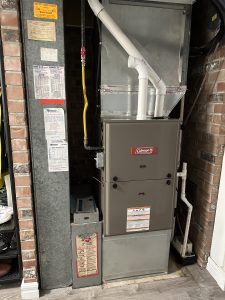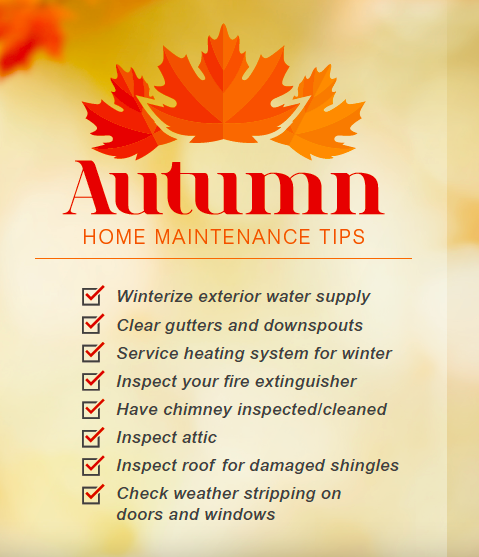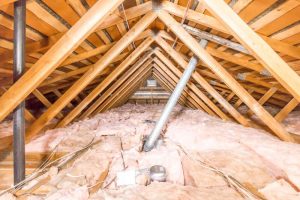In Seattle, Winter and rain are almost synonymous. Getting the Seattle home prepped for winter, therefore, means preparing for more than just cold, it also means making sure your house is ready for the wind and the rain. Below is our, by no means comprehensive, check-list for winter home prep in Seattle.
Get the Water Away From Your House:

- Clean gutters and downspouts: This is the single most important thing for Seattle homeowners to address each winter. Our roofs collect, and shed, an incredible amount of water in a very short period of time. Being able to redirect that water well away from the house, quickly and efficiently is key to preventing water intrusion.
- Inspect your roof and shingles: Shingles and other roofing materials can be damaged by wind, branches, animals, moss and more. While you are working to clear your gutters, go ahead and take a look at your shingles as well. In particular look for any damaged, torn or missing shingles.
- PLEASE BE SAFE: Falls from ladders cause a huge number of deaths and injuries each year. Please review ladder safety rules here, or hire a professional for ladder and roof work.
Prep Your Heating Systems:

- Have your furnace or heat-pump inspected and serviced: This is important not just for your furnace and your comfort, but also for your resale value. A regularly serviced heating system will last longer and run more efficiently. Home inspectors always look for a heating unit’s service record, and not having one is a red flag for potential buyers. Furnace filters should be replaced base on the schedule recommended by you manufacturer.
- Have your chimney cleaned if you burn wood: If you use a wood, pellet or other fuel source that generates smoke with particulate matter, it is a good idea to have your chimney regularly inspected and, if needed, cleaned.
Inspect Windows and Doors:
- Look for gaps and feel for cold air: Weatherstripping around windows and doors tends to become less effective over time as it wears down and/or compresses.
Winterize Outdoor Water Supplies
- Broken pipes are no fun anytime, but can be particularly devastating during severe weather. All hoses should be disconnected from outdoors spigots. If possible, turn the water off to your outdoor spigots. If you do not have the ability to turn them off, use inexpensive insulating caps to protect the pipes from freezing temps.
Inspect Your Attic:
- Take some tome to get into your attic. Once there you are looking for a coupe of different things. First, pay attention for any signs of rodent infestation. Second, you can look to see if there are water marks or any other indication of leaks. Lastly, take a moment to access your insulation. Many older homes have little to no insulation. An appropriately insulated attic is more efficient and more comfortable.
Safety First
- Colder temperatures means you will be introducing heat sources into your home. With those heat sources comes an increased risk of fire or carbon monoxide. Autumn is the time to test smoke detectors, test carbon monoxide detectors and check your fire extinguisher.
We hope this list has been helpful. We know great contractors who can help with pretty much all of these items, so reach out if you need some names.


